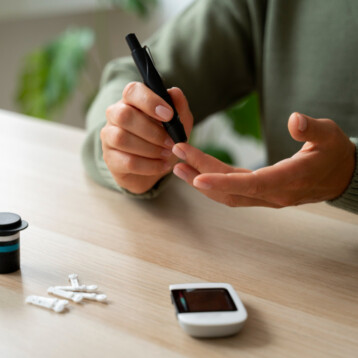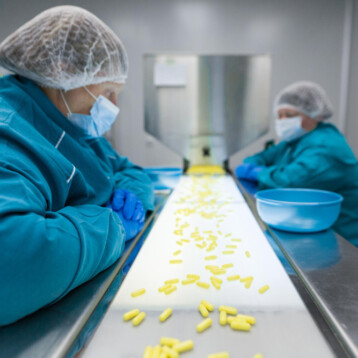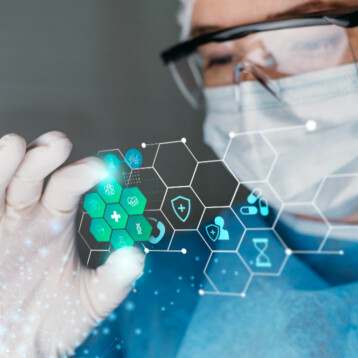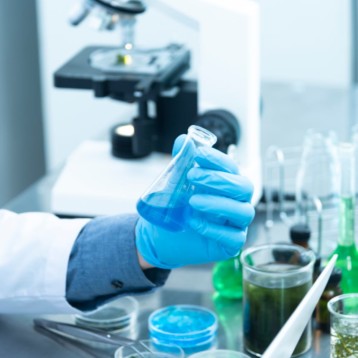Microdispensing technology has completely transformed how we handle tiny amounts of liquid in biotechnology and diagnostics. It’s all about precision—think dispensing droplets so small they’re measured in picoliters or nanoliters. That kind of accuracy is a game-changer for things like drug discovery, genomics, and even quick diagnostic tests you can do at a doctor’s office. It’s no exaggeration to say this tech has become a must-have for pushing science and medicine forward.
Labs today are all about doing more with less—smaller samples, faster processes, and automated systems. Microdispensing fits right into that trend, making experiments more consistent and workflows smoother. As biotech and diagnostics keep racing toward cheaper, quicker solutions, this technology is stepping up with smarter automation and tighter integration with cutting-edge tools.

Understanding Microdispensing Technology
At its core, microdispensing is just a fancy way of saying “delivering super-small amounts of liquid exactly where you want them.” It uses specialized systems that rely on tricks like piezoelectric pulses, air pressure, or heat to form and place droplets with pinpoint accuracy. The method you pick depends on stuff like how thick the liquid is, how much you need, and what you’re using it for. Compared to old-school pipetting, microdispensing cuts down on waste and makes results way more repeatable—perfect when you’re working with precious samples.
One of the key advantages of microdispensing is its ability to perform nanoliter pipetting with exceptional accuracy. This capability is especially useful in high-throughput screening, microarray fabrication, and molecular diagnostics. Even a tiny slip-up in volume can throw off your results, so having this kind of control is a big deal. It’s helping labs nail down reliable, efficient ways to handle liquids, which is key for both research and real-world testing.
Applications in Biotechnology
Drug Discovery and Development
When it comes to finding new drugs, microdispensing is a heavy hitter—especially in high-throughput screening. Picture this: thousands of compounds getting tested to see if they could be the next big therapy. Microdispensers drop tiny amounts of reagents, compounds, or cells into microplates, letting researchers check for biological effects fast. It saves on costly materials and keeps results consistent, which is huge.
Beyond screening, it’s also a go-to for mixing up drug candidates. You can blend active ingredients with other components on a tiny scale, speeding up the whole development process. Toss in some automation and robotics, and suddenly pharmaceutical companies have a slick, dependable way to get drugs from the lab to the clinic faster.
Cell Culture and Tissue Engineering
In biotech, microdispensing is a lifesaver for growing cells and building tissues. Researchers use it to carefully place growth factors, media, or other essentials into culture plates, keeping everything just right for cells to thrive. This is especially clutch in stem cell work or regenerative medicine, where you can’t afford to mess up cell health or consistency.
It’s also a big player in bioprinting—think 3D printing with cells and biomaterials to make tissues that actually work. Microdispensing lets you layer everything just so, creating structures that look and act like the real deal. That’s opening doors for personalized medicine and even research into organ transplants.
Genomics and Proteomics
If you’re studying genes or proteins, microdispensing is your friend. It’s perfect for prepping samples—think DNA or protein microarrays that let you analyze thousands of interactions at once. Dropping nanoliter-sized dots keeps everything uniform and reliable.
In proteomics, it’s great for handling enzymes or antibodies in complex assays, boosting how sensitive and accurate your protein tests are. That’s a big win for finding biomarkers—those little clues that can point to diseases or new treatment options.
Applications in Diagnostics
Point-of-Care Testing
Quick diagnostic tools—like those lab-on-a-chip gadgets—are leaning hard on microdispensing these days. They need to handle tiny samples with total precision, whether it’s for spotting infections, checking blood sugar, or other on-the-spot tests. Pair microdispensing with biosensors, and you’ve got devices that are sharp, specific, and perfect for places without big labs. That means faster answers for patients and less strain on the system.
Immunoassays and ELISA
Microdispensing takes immunoassays—like the classic ELISA—to the next level. It delivers antibodies, enzymes, and reagents right where they need to go, making tests more dependable every time. For high-throughput screening in diagnostics, it’s a cost-saver too, shrinking assays down without losing accuracy. Labs can churn through more samples quicker, cutting wait times for results.
Personalized Medicine
In personalized medicine, microdispensing helps tailor treatments to the individual. It’s spot-on for handling genetic or molecular tests, pinpointing biomarkers that guide what a patient needs. It even ties into pharmacogenomics—figuring out how someone’s genes affect their response to drugs. That way, doctors can pick meds that work best and dodge side effects.

Final Thoughts
Microdispensing is a powerhouse in biotech and diagnostics, bringing a level of precision that’s hard to beat. Whether it’s speeding up drug discovery, growing tissues, or powering fast diagnostics, it’s making things more efficient, accurate, and repeatable across the board.
With automation, AI, and nanotechnology picking up steam, microdispensing is only going to get bigger. It’s setting the stage for breakthroughs in research and better care for patients—pretty exciting stuff when you think about where it could take us.










